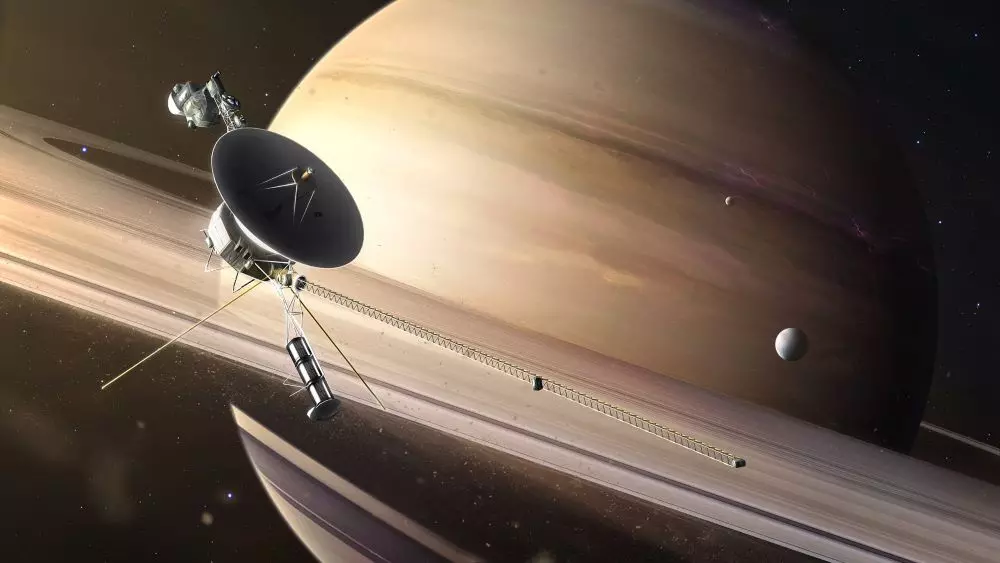
NASA reinstates contact with interstellar space-borne Voyager 1
text_fieldsWashington DC: US space agency NASA, who lost contact with its 47-year-old Voyager 1 last month, reinstated the same with the help of a radio transmitter which was not in use since 1981. The critical craft, which is 15 billion miles away from the Earth, lost contact with the planet on October 16 after a working transmitter shutdown.
It was NASA’s engineers at the Jet Propulsion Laboratory (JPL) who re-established contact with Voyager 1. The agency believes that the shutdown was likely triggered by the spacecraft’s fault protection system.
The agency sent a command to the spacecraft on October 16, and no response was received till October 18. It takes 23 hours for messages to travel from Earth to the craft and another 23 for a response to be received. Also, communication with the craft stopped completely a day later. A probe into the developments found that Voyager 1’s fault protection system switched the spacecraft to a second lower-power transmitter.
According to the agency, the craft has two transmitters, the ‘X-band’ and the ‘S-band’. While the former was used to communicate with the craft, the latter has not been used since 1981.
The agency has not decided to switch back to the X-band transmitter immediately. They are to determine what activated the fault protection system, and it would take them weeks to find it.
Voyager mission assurance manager Bruce Waggoner told CNN that they wanted to determine if there are any potential risks to turning on the X-band. They also do not want to rely on S-band for too long.
NASA launched the Voyager 1 weeks after Voyager 2 in 1977, but the former overtook the latter in exiting the asteroid belt. Voyager 1 is the first human-made object to enter the interstellar space. It was also the first to cross the heliosphere, a boundary where the influences from outside the solar system are stronger than those from the Sun, NDTV reports.
Among the discoveries of Voyager 1 so far were a thin ring around Jupiter and two new moons of the planet- Thebe and Metis. It also found five new moons of Saturn and a new ‘G-Ring’ of the second largest planet in the Solar System.























